I have just returned from hosting a very special private safari to Amboseli and Lake Nakuru. Combining these two destinations is an absolute winner and from a photographic point of view, it allows one to create a rich and diverse portfolio of images. Along with that, to be able to spend time in these areas is always very special. We started out in Amboseli for 4 nights before heading to Lake Nakuru.
Located in the southern part of Kenya, Amboseli National Park is a renowned wildlife sanctuary that stands as a testament to the captivating beauty of Africa's natural landscapes. Nestled at the foothills of Mount Kilimanjaro, Africa's highest peak, Amboseli is celebrated for its breathtaking vistas, diverse ecosystems, and iconic inhabitants. The park's vast expanse of grasslands, acacia woodlands, swamps, and marshes create a unique mosaic that supports a rich array of wildlife. From herds of elephants ambling against the backdrop of Kilimanjaro's snow-capped summit to the intricate dance of predators and prey, Amboseli offers visitors a front-row seat to the mesmerising cycles of nature in one of Kenya's most remarkable conservation areas.
Being a Private Safari, we discussed the potential opportunities that we may be able to capture, knowing all to well that we can have an idea of the shots we would like to try and create, but when it comes to wildlife photography, there are so many elements that are out of our control. Having said that, it's always good to have an idea of what we are looking out for. Amboseli is a wildlife photographers paradise.
I met Allan the night before the safari began at the Four Points hotel where we discussed the week ahead of us on safari and just had a general chat about expectations, but most importantly just getting to know each other and getting each other excited for what turned out to be one incredible week to remember.
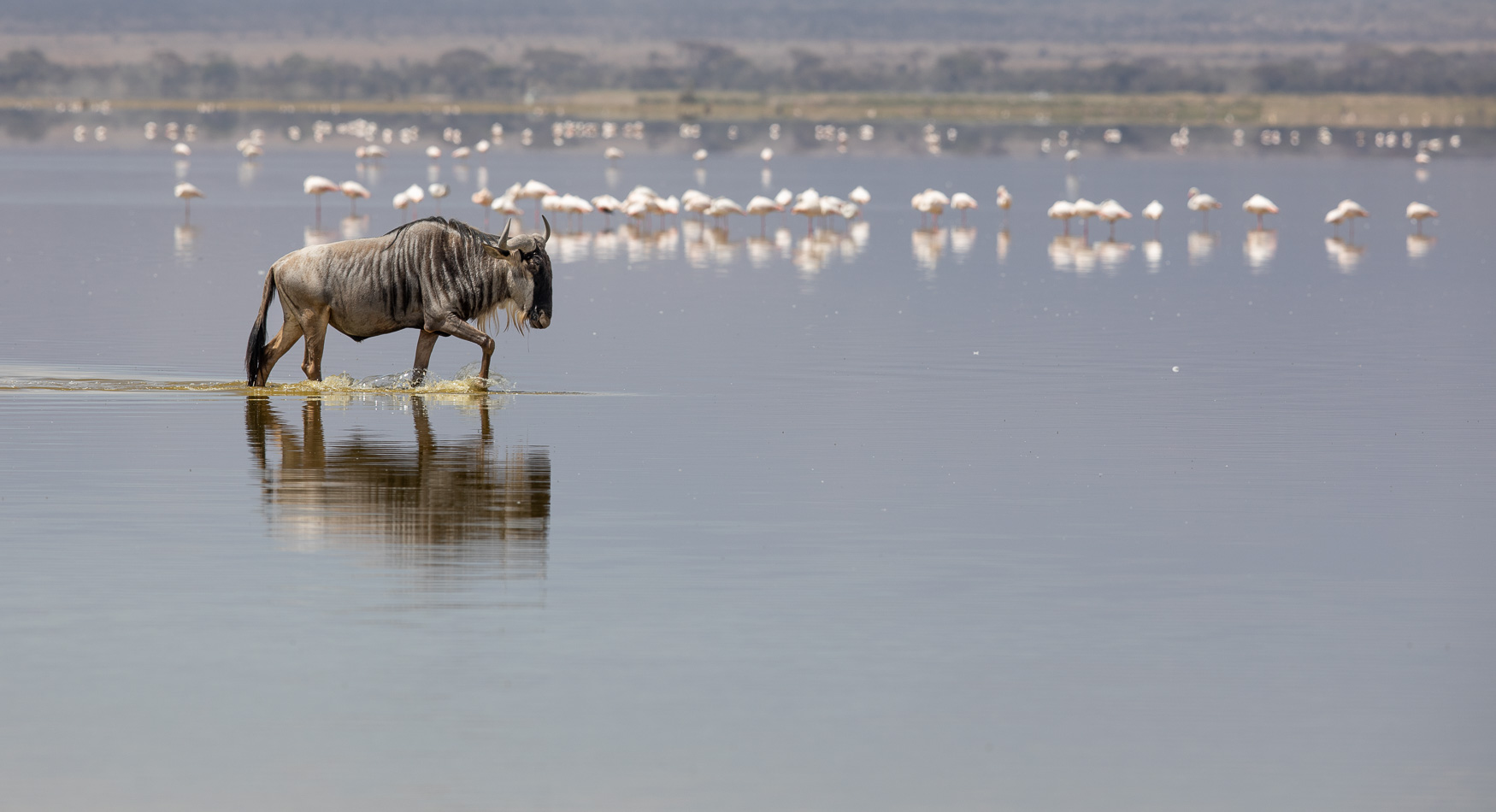
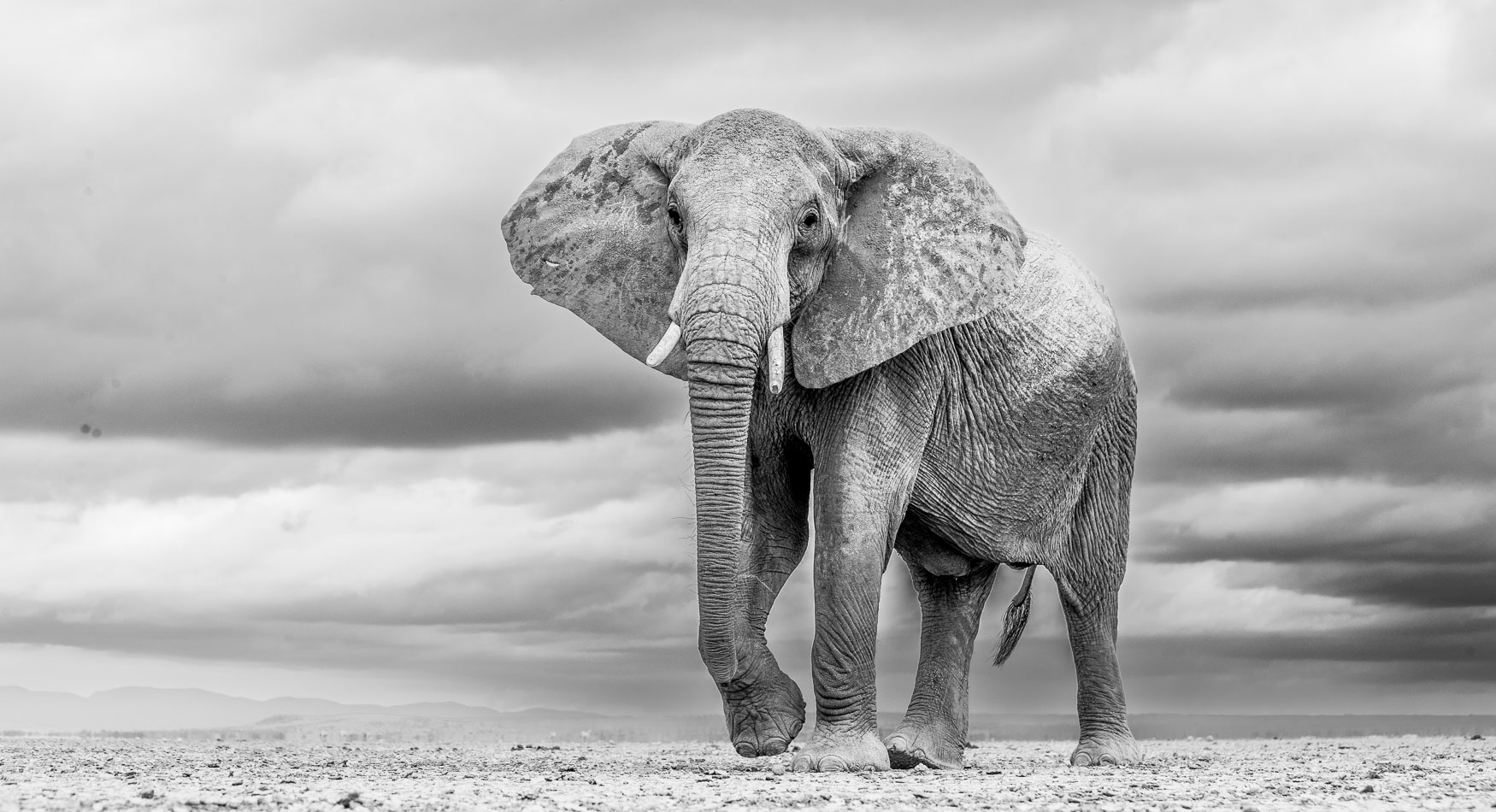
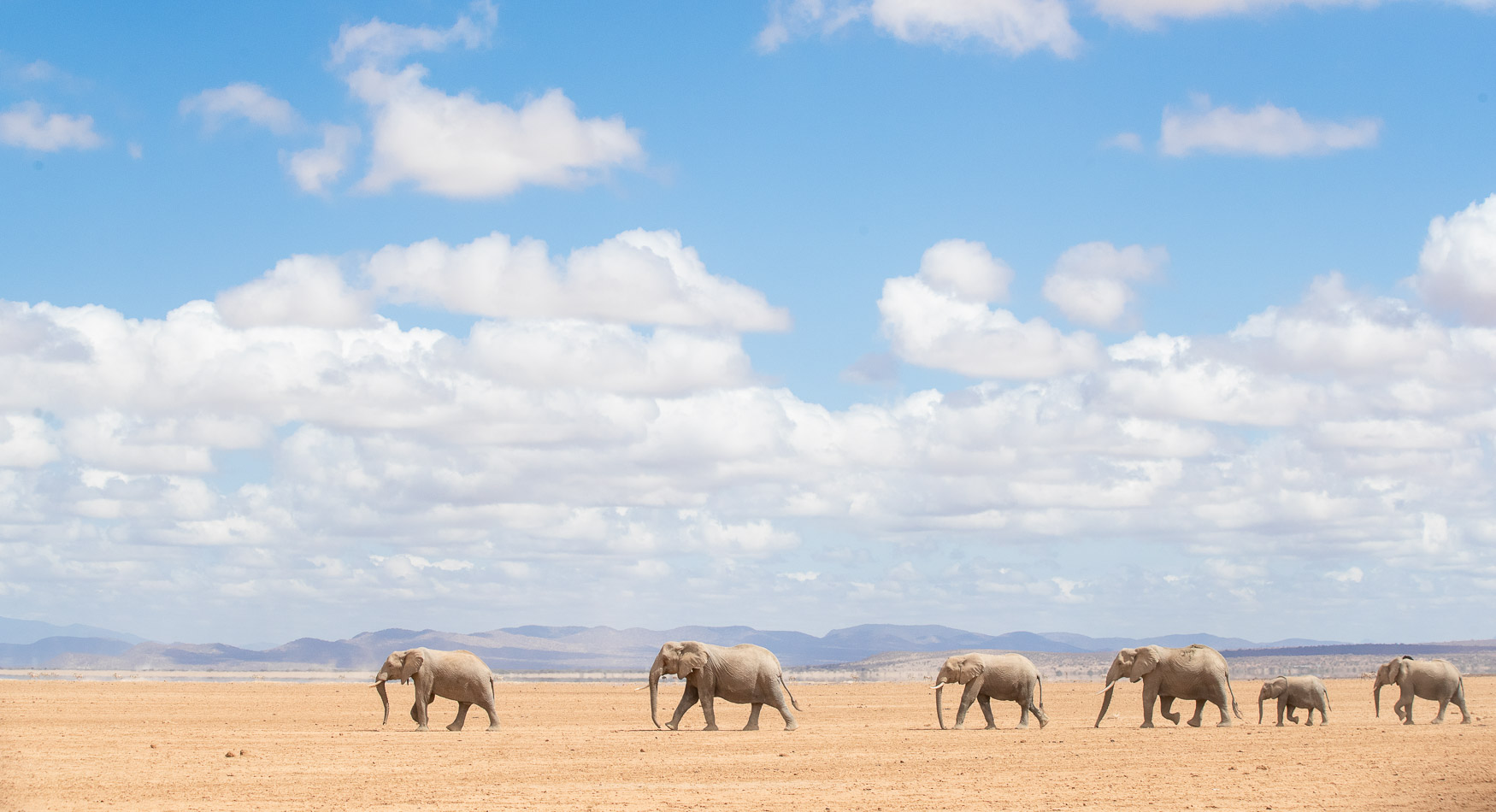
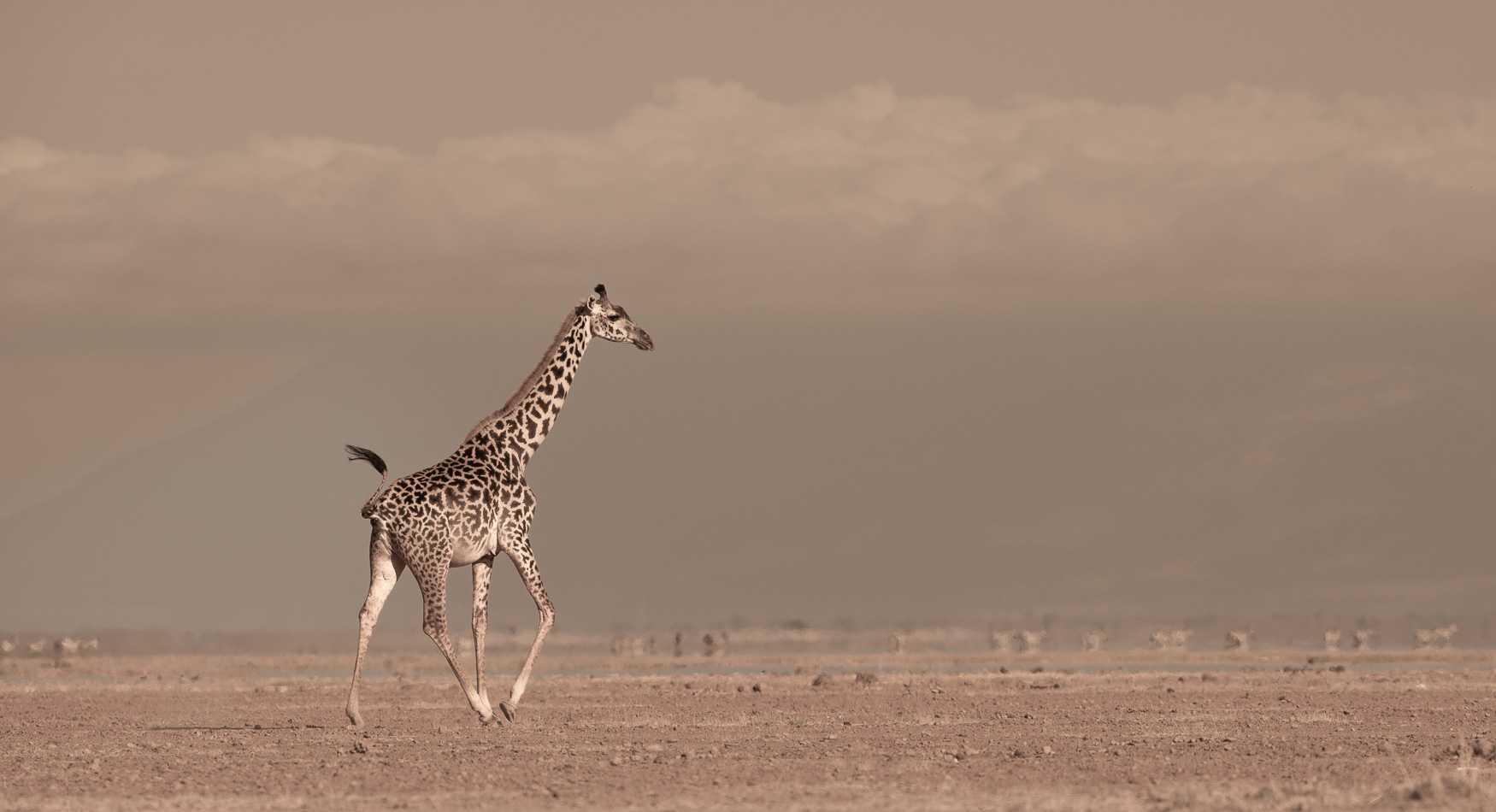
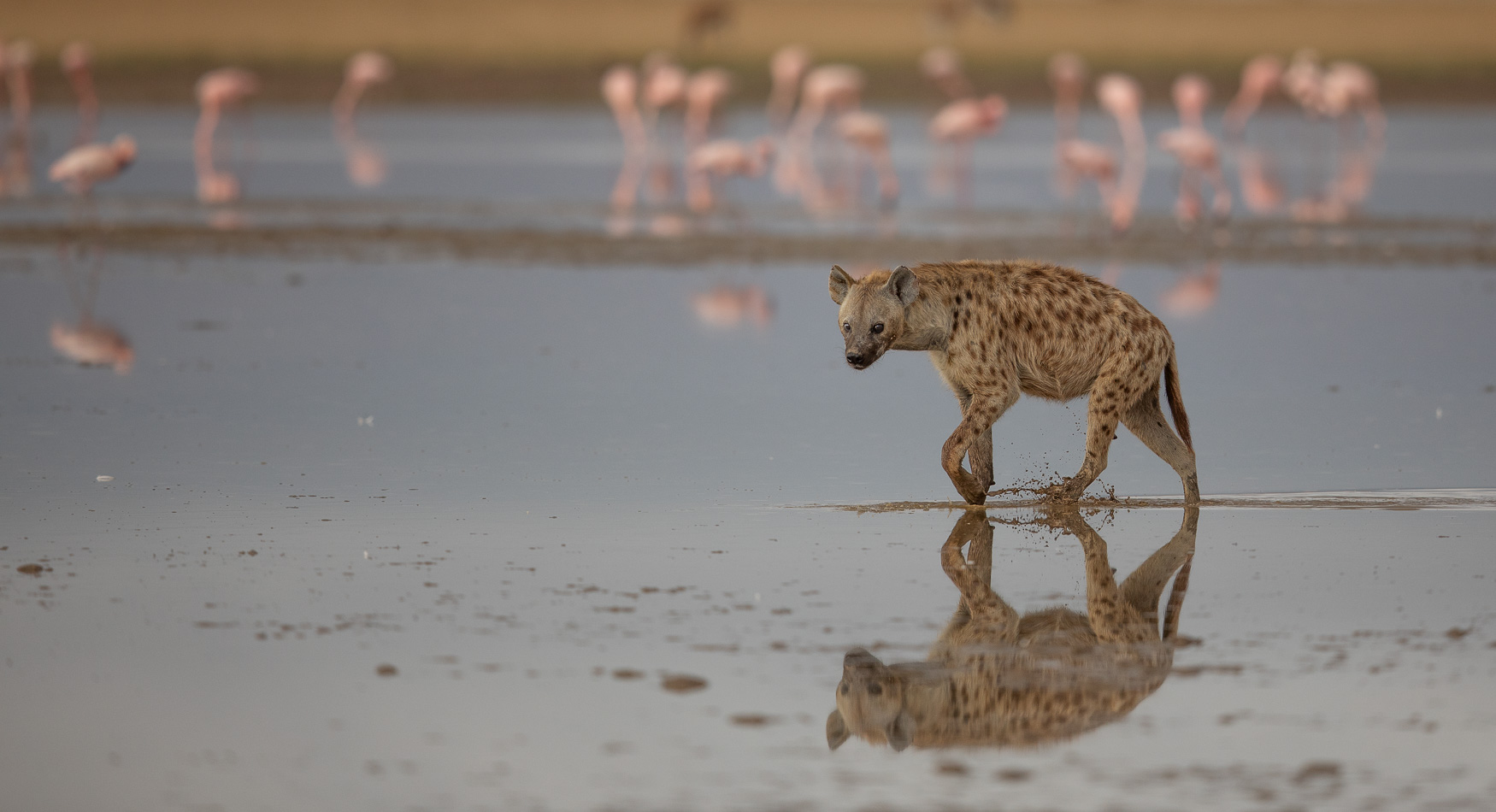
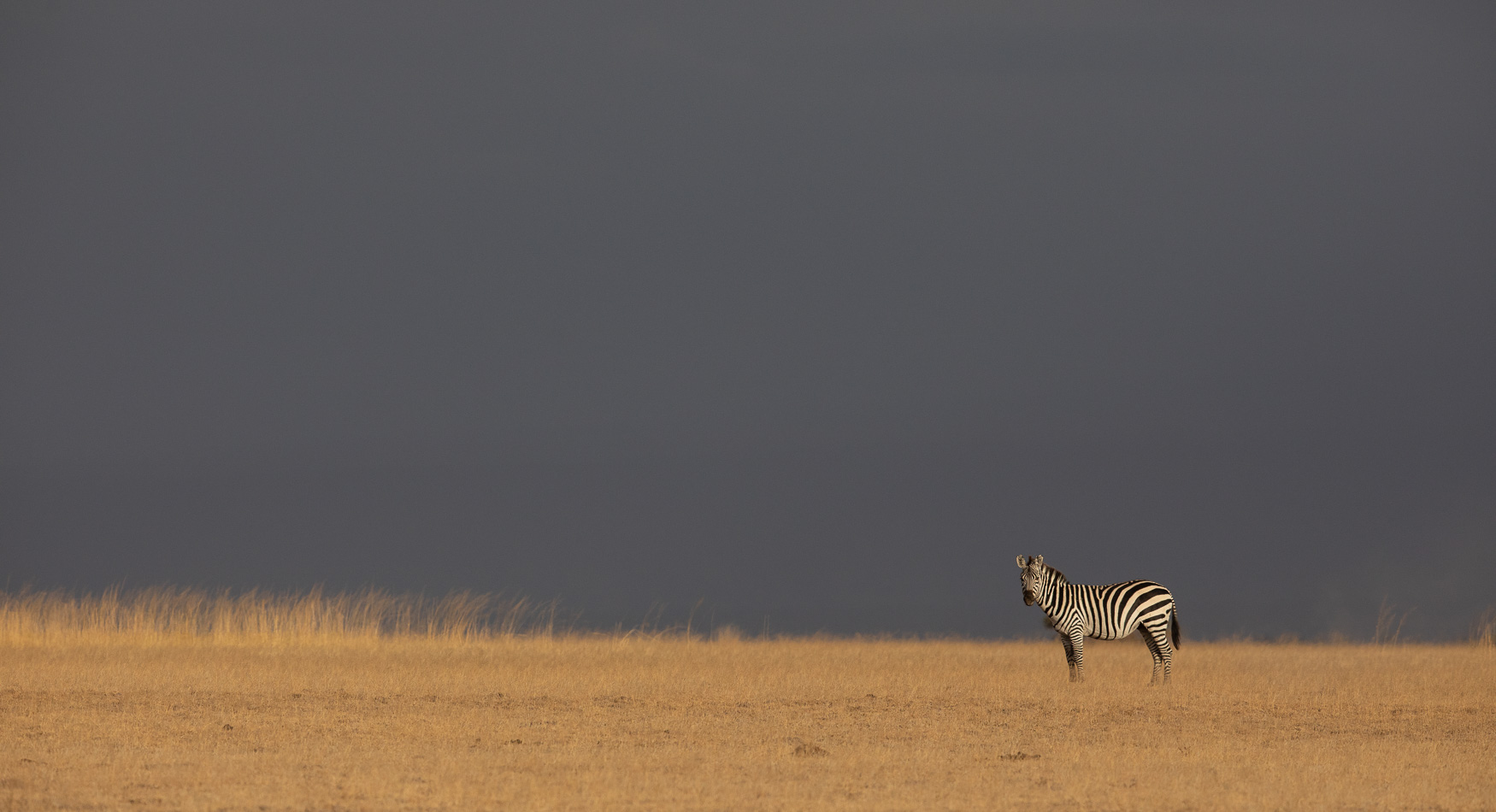
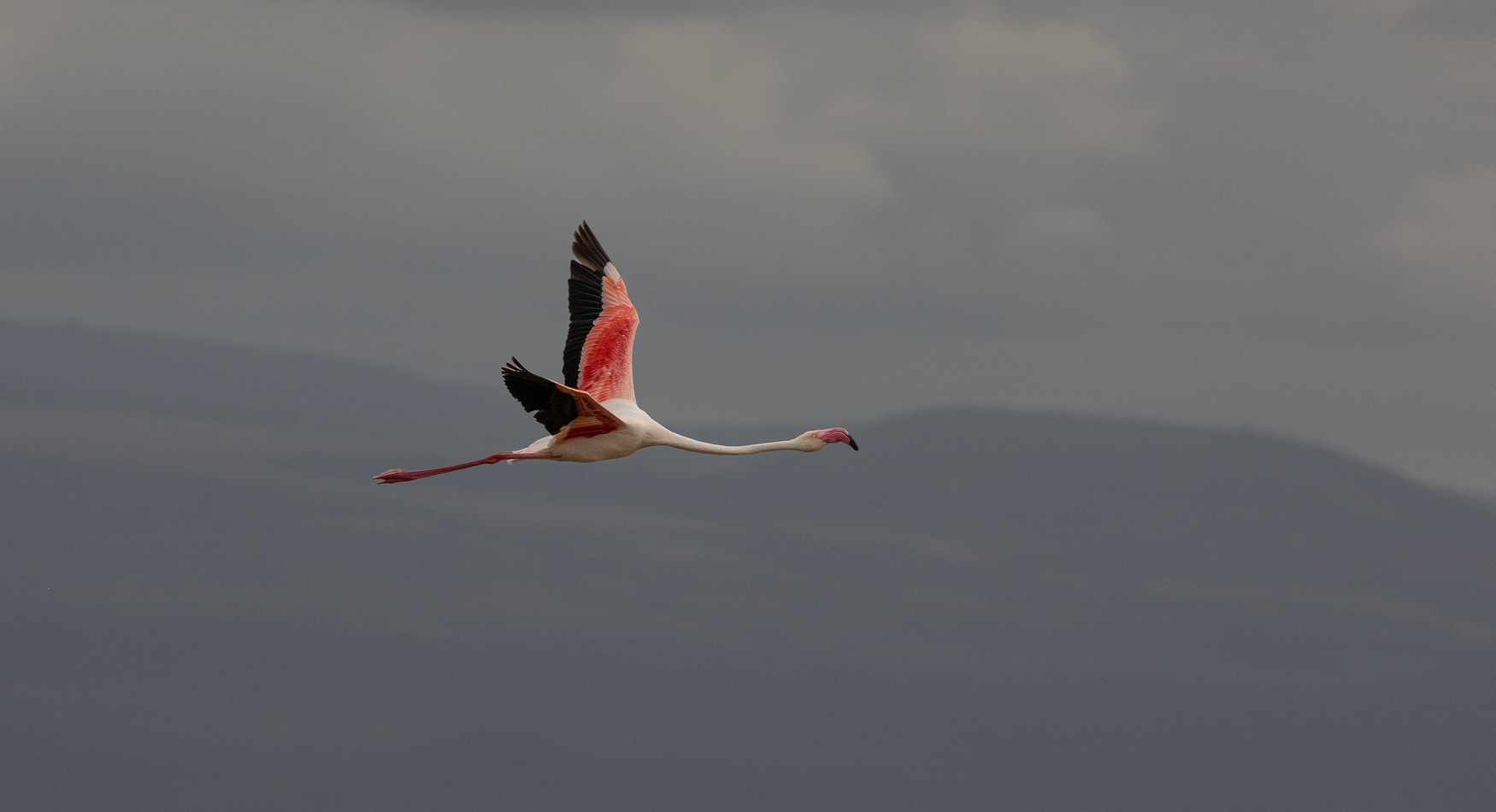
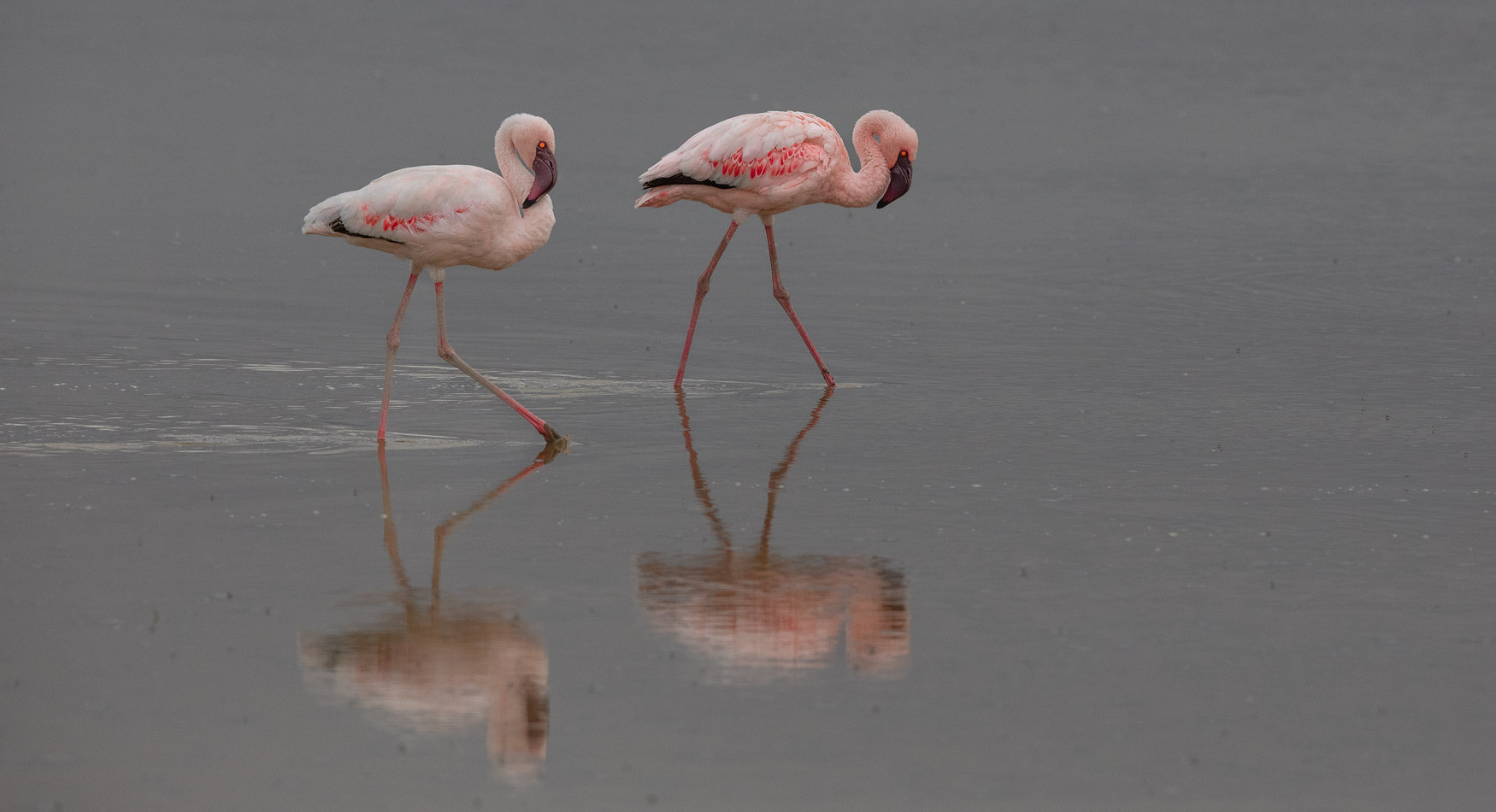
Amboseli National Park covers an area of approximately 392 square kilometers (151 square miles). It might not be one of the largest national parks in Africa, but its unique location and ecosystems make it a significant and diverse habitat for various species.
In terms of bird species, Amboseli National Park is home to over 400 different species. These birds inhabit the various habitats within the park, including wetlands, acacia woodlands, grasslands, and open plains. The diverse birdlife adds to the park's allure and makes it a paradise for birdwatchers and ornithologists.
When it comes to mammal species, Amboseli is known for its impressive variety as well. The park hosts more than 80 species of mammals. Some of the most notable residents include elephants, lions, cheetahs, leopards, giraffes, zebras, buffaloes, and various antelope species. The presence of large herbivores and predators contributes to the park's status as a prime wildlife viewing destination.
These numbers highlight the rich biodiversity that Amboseli National Park supports, making it a vital conservation area and a remarkable destination for nature enthusiasts and photographers alike.
With the above in mind, and having visited these destinations, I had a good idea what to expect and I wanted Allan to get the most out of the experience, both from a photographic point of view but also to take in every moment and realise how privileged we are to go out and explore these two safari destinations.
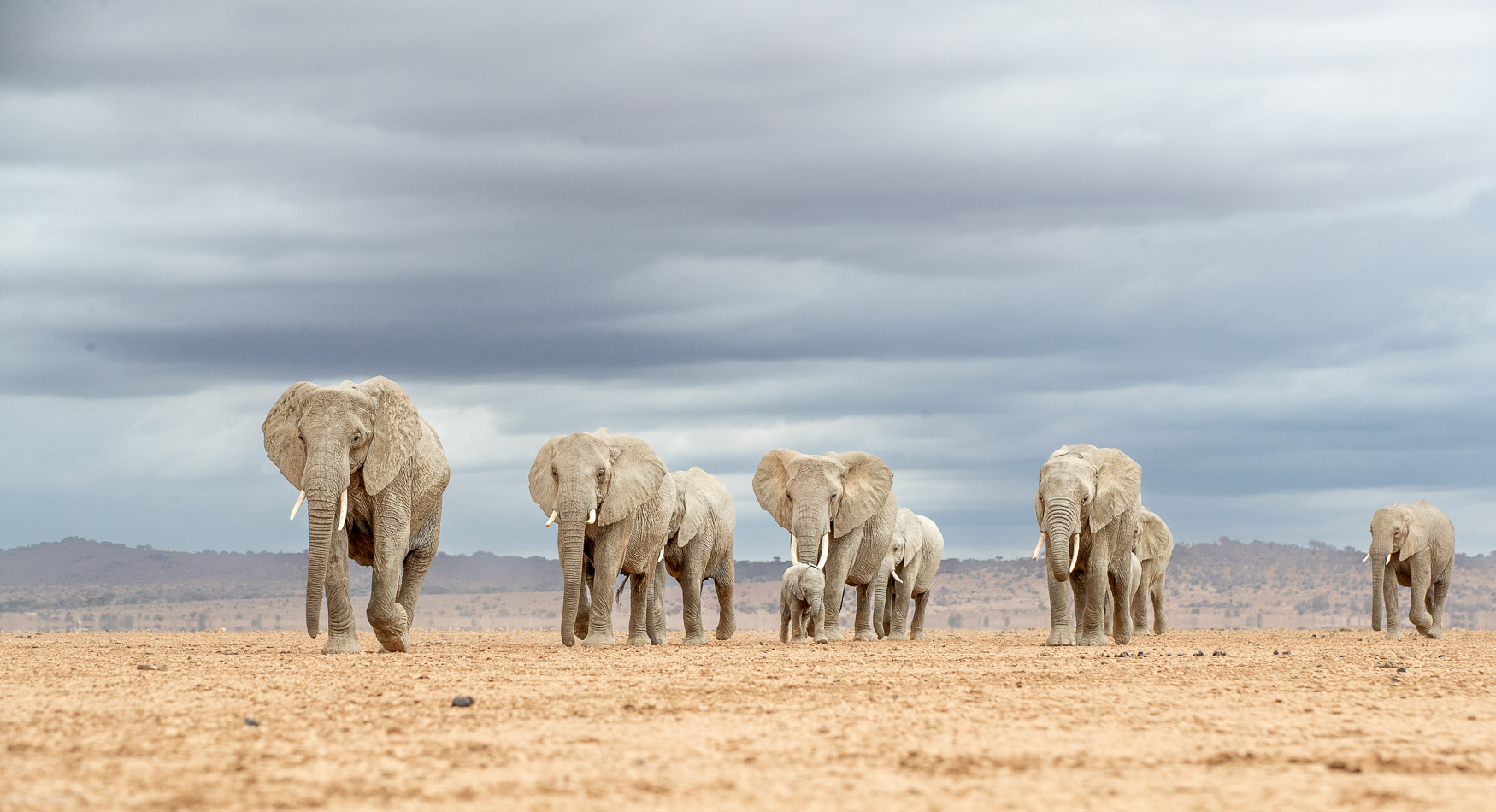
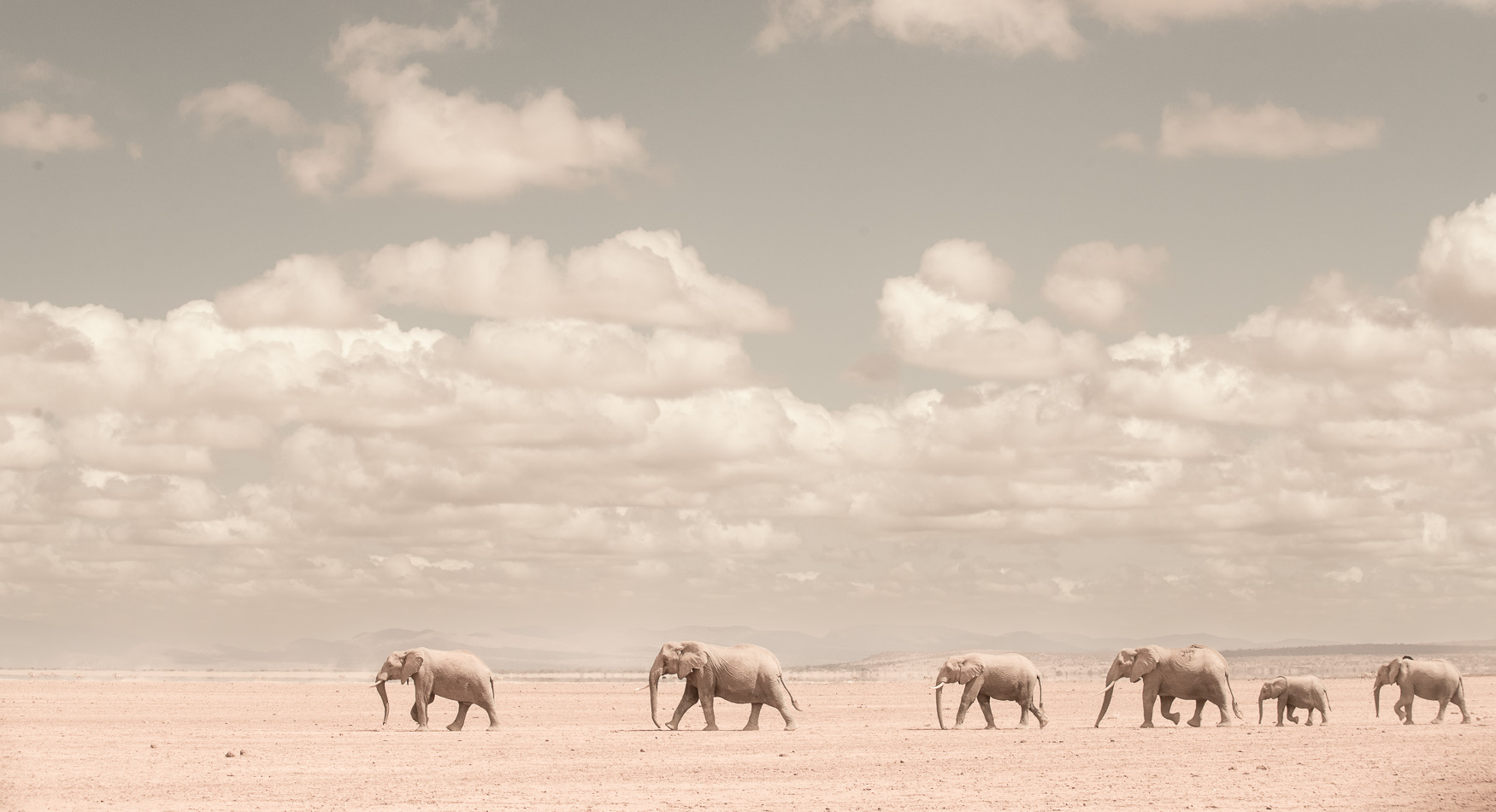
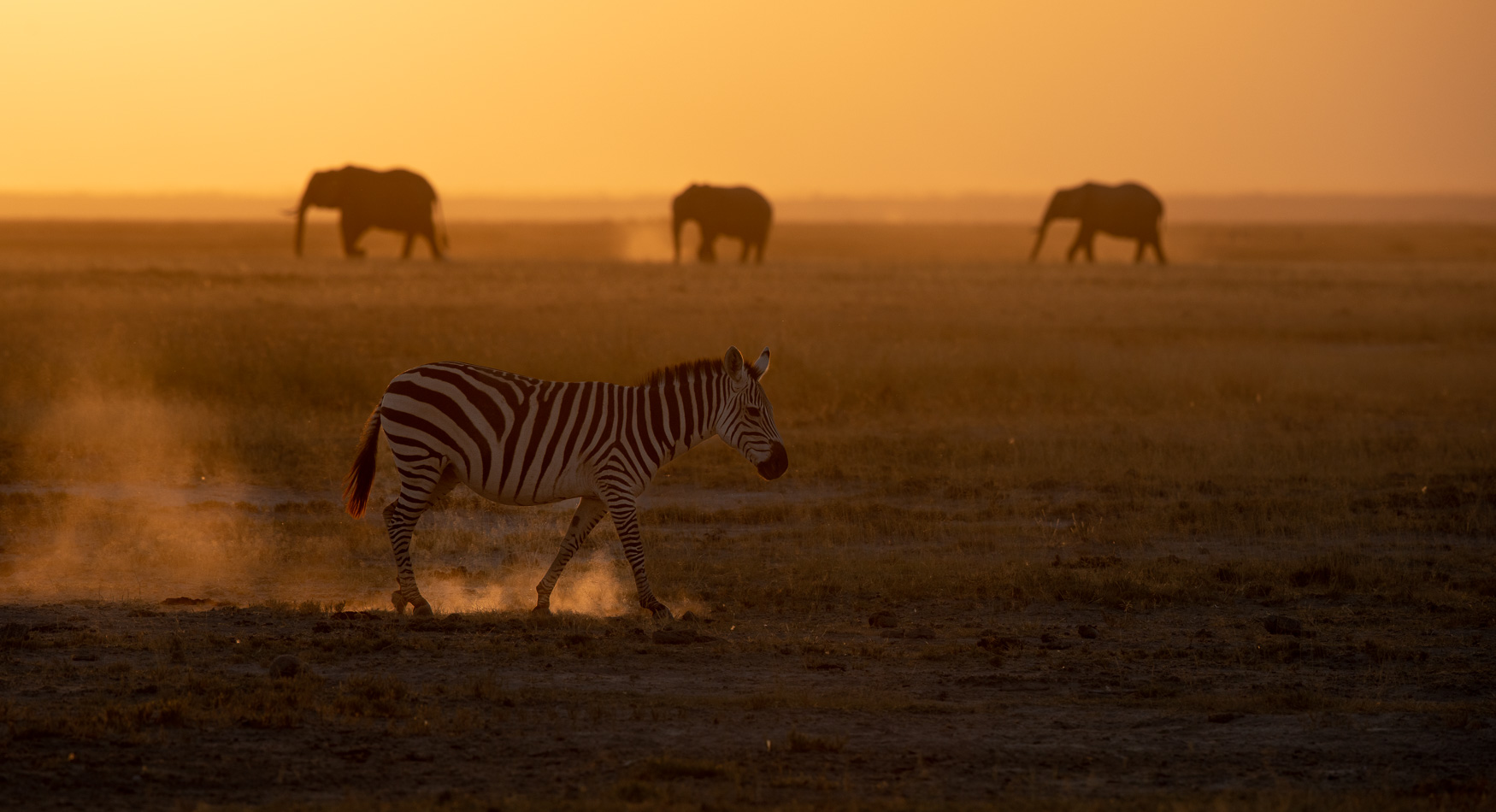
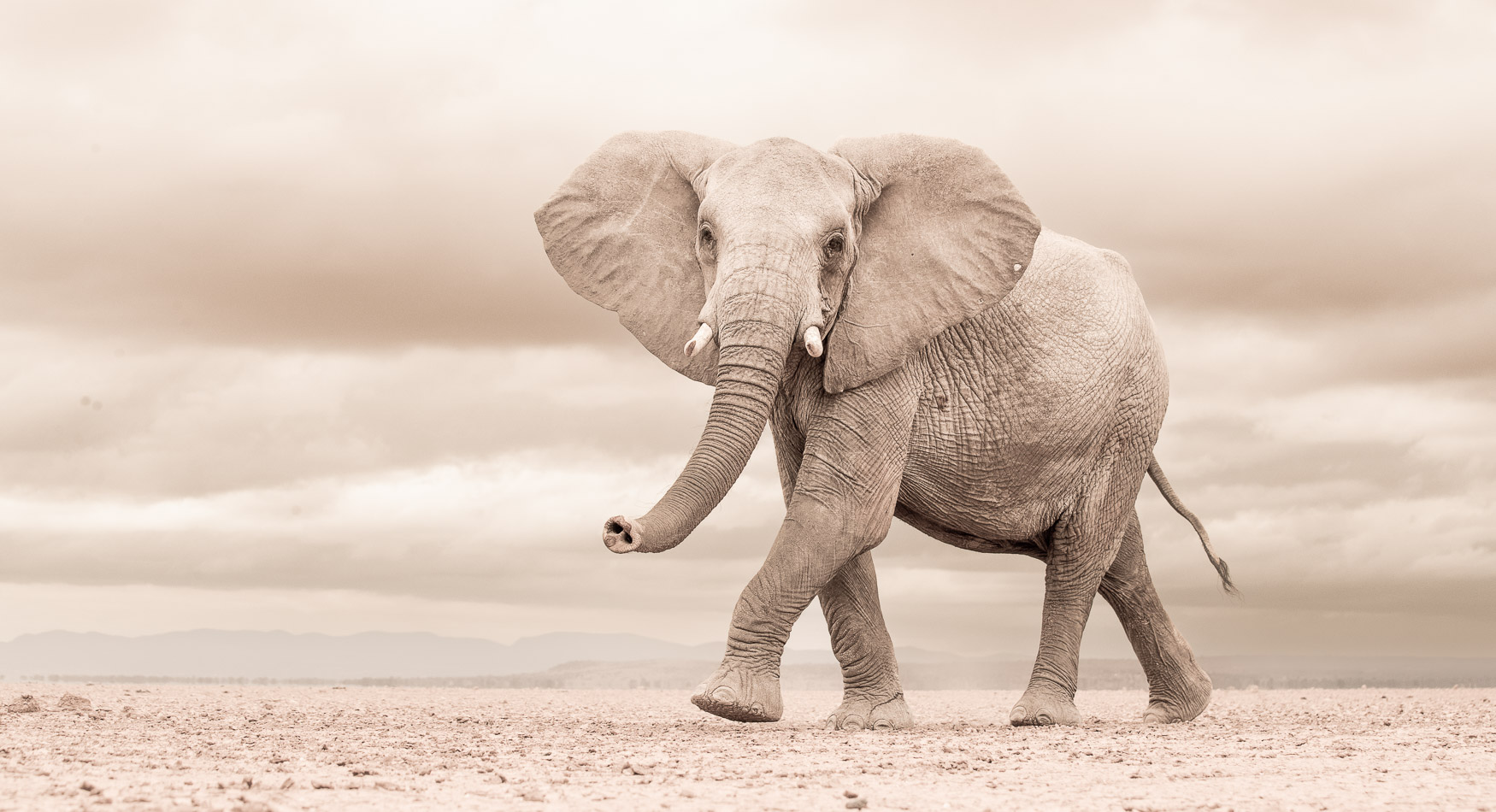
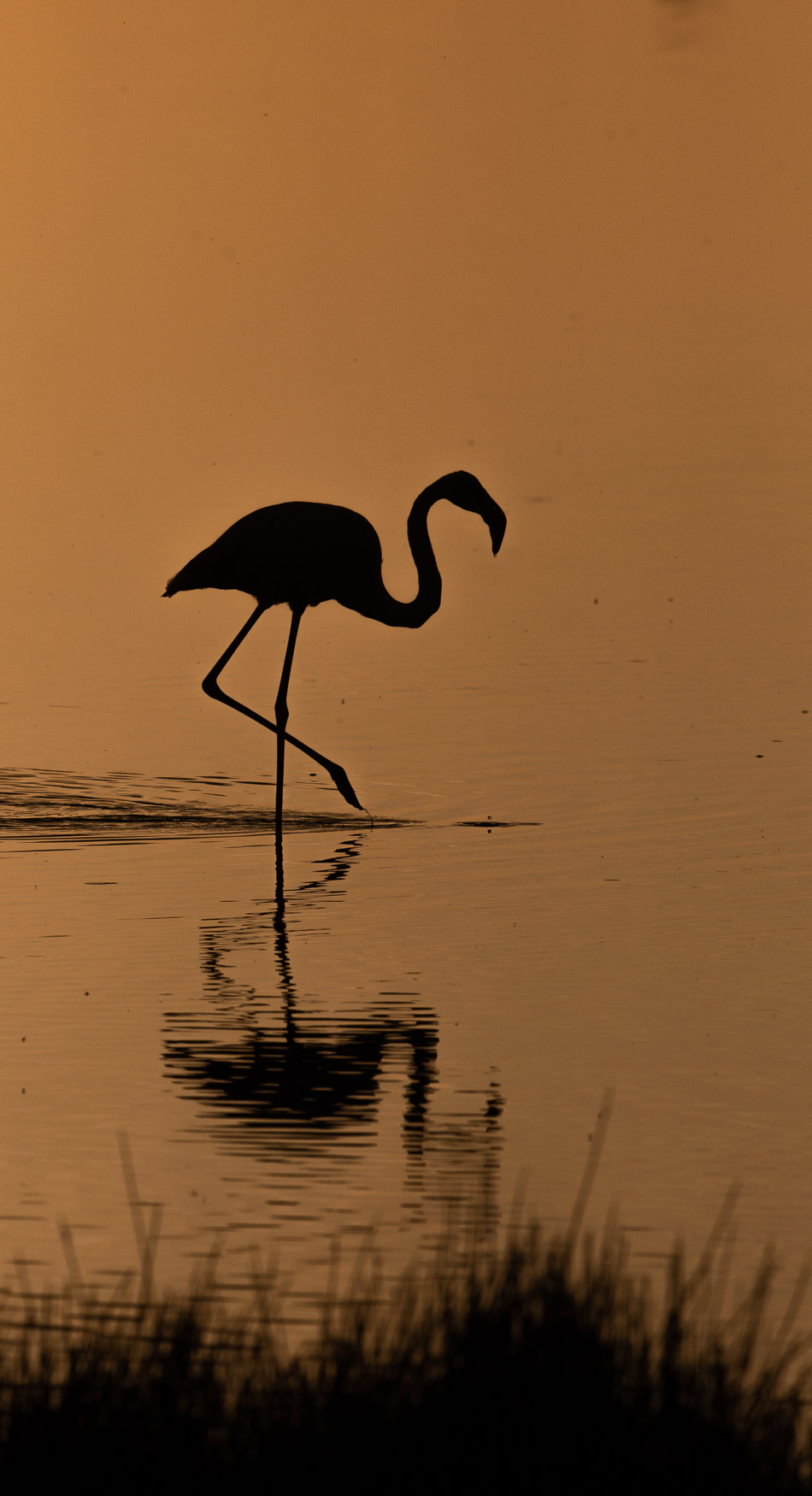
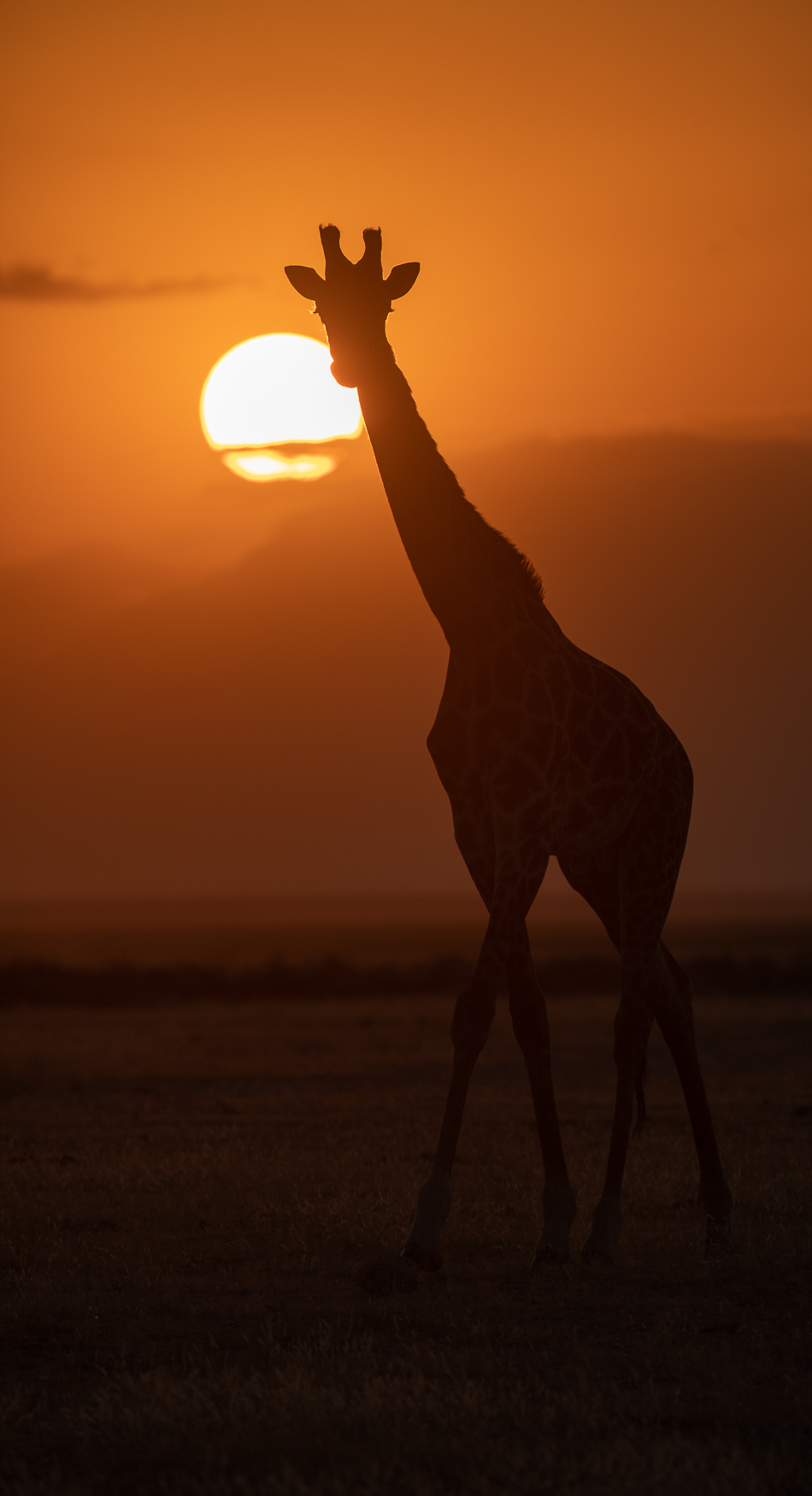
As I mentioned before, Allan and I discussed the different photographic opportunities and the plans I had in my mind for when we out on safari. The beauty of Amboseli is the diversity and I wanted us to explore and capture as much of that as we possibly could.
Knowledge is power and understanding the area, when to go to specific areas for specific shots is a huge advantage, but plans do change and as wildlife photographers we need to be flexible, able to adapt to change and not just have multiple plans.
Our goals in Amboseli were as follows:
- Photograph elephants on the dry lake bed(this can be very hit or miss as there are so many factors to take into account) we were fortunate enough to go to the Dry Lake Bed 3 mornings in a row and got lucky with elephants every single morning. When it comes to wildlife photography, patience is key and I think our first morning we waited almost two hours for a herd of elephants to walk across the dry lake bed. This offers so many different photographic opportunities and being able to get out the car, myself and Allan lay up against the vehicle and let the elephants come to us. It was very rewarding having discussed the types of shots that we wanted to achieve not only on the lake bed but to maximise our chances in Amboseli and then to go out into the field and achieve those goals is a great feeling.
- Photograph and isolate flamingos and wildlife around the marsh area. The Marsh has an abundance of photographic opportunities and we definitely took our time and waited for specific moments, capturing these moments is a great achievement.
- Most of all we wanted to capture Amboseli in a unique way, but still capturing images that are iconic to Amboseli.
Looking back at the images and seeing the images that Allan captured, we did all the above and more. We were in the right time at the right place and instead of ''rushing after the shot'' we let nature and the shots come to us.
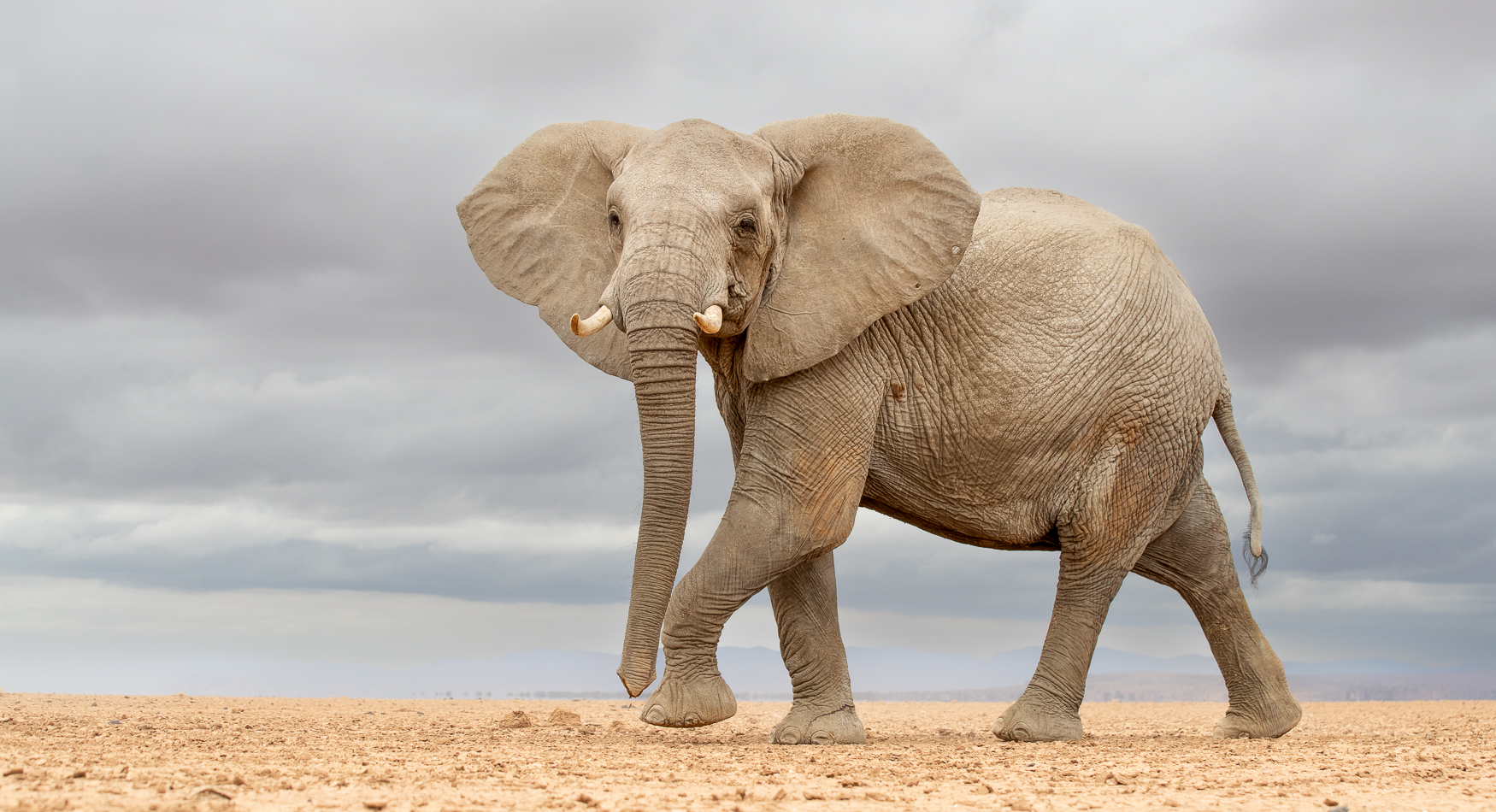
After an incredible 4 nights in Amboseli, it was on to our next destination and adventure, Lake Nakuru.
Nestled amidst the Great Rift Valley's dramatic landscapes in Kenya, Lake Nakuru National Park stands as a testament to the captivating interplay between water and wilderness. Spread over an area of approximately 188 square kilometers, this park is a haven of ecological diversity and stunning natural beauty. At its heart lies the glistening Lake Nakuru, a shimmering jewel that transforms from azure to pink as vast flocks of flamingos converge upon its shores. Beyond the lake's mesmerizing spectacle, the park's varied habitats encompass grasslands, woodlands, and rocky outcrops, each fostering a unique array of flora and fauna. From the iconic rhinos that wander the savannah to the vibrant birdlife that graces the skies, Lake Nakuru National Park offers a harmonious blend of wildlife and scenic wonder, making it a true jewel in Kenya's crown of conservation areas.
Once again, myself and Allan set off with the mindset to let nature provide us with opportunities, rather than seek out opportunities. I like to try and bring this mentality into all the safaris that I host. The reason being is that nothing in nature should be forced, having said that, we did have our photographic goals that we were hoping for, but we went into it with the same mentality we had in Amboseli.
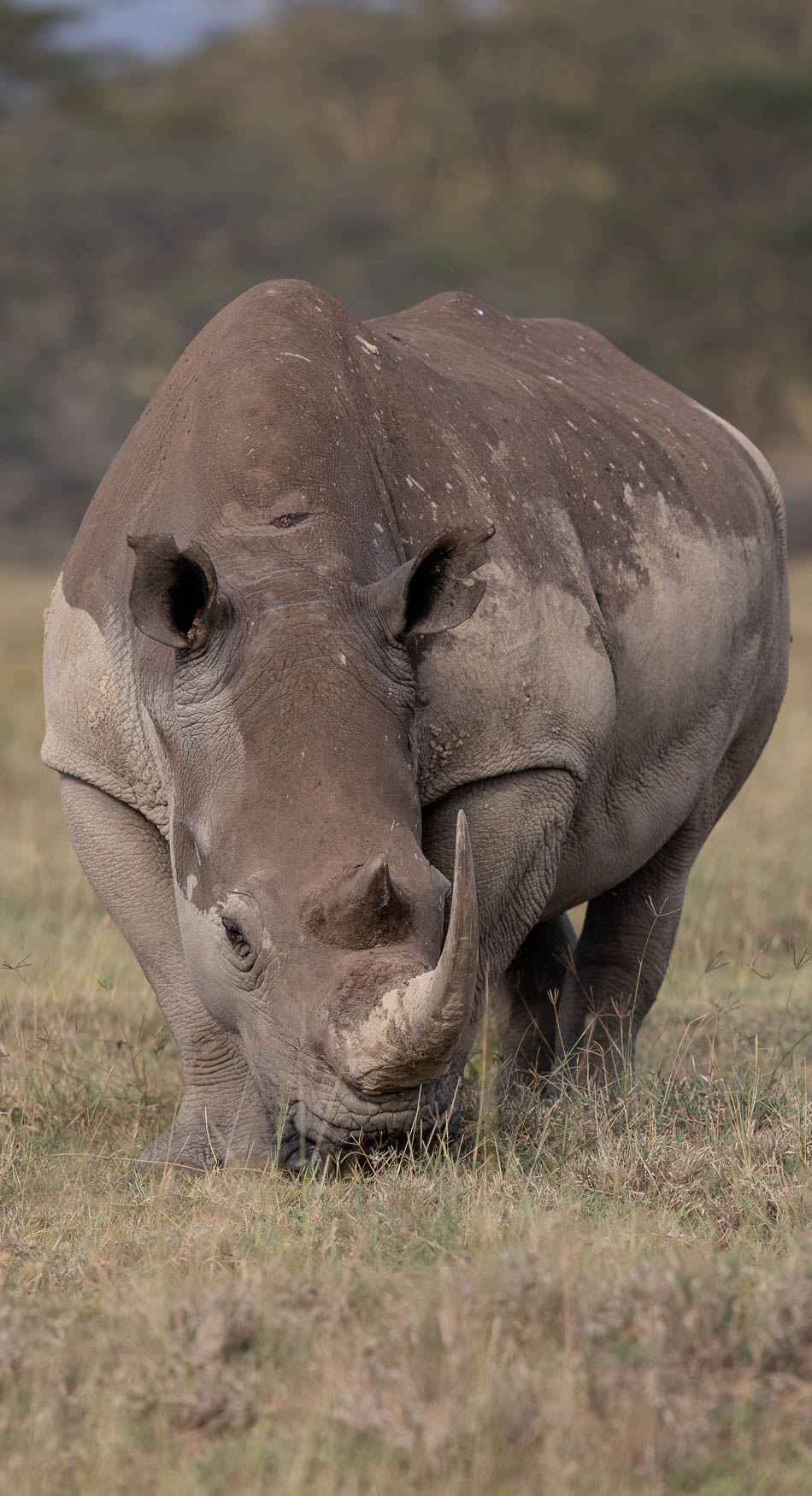
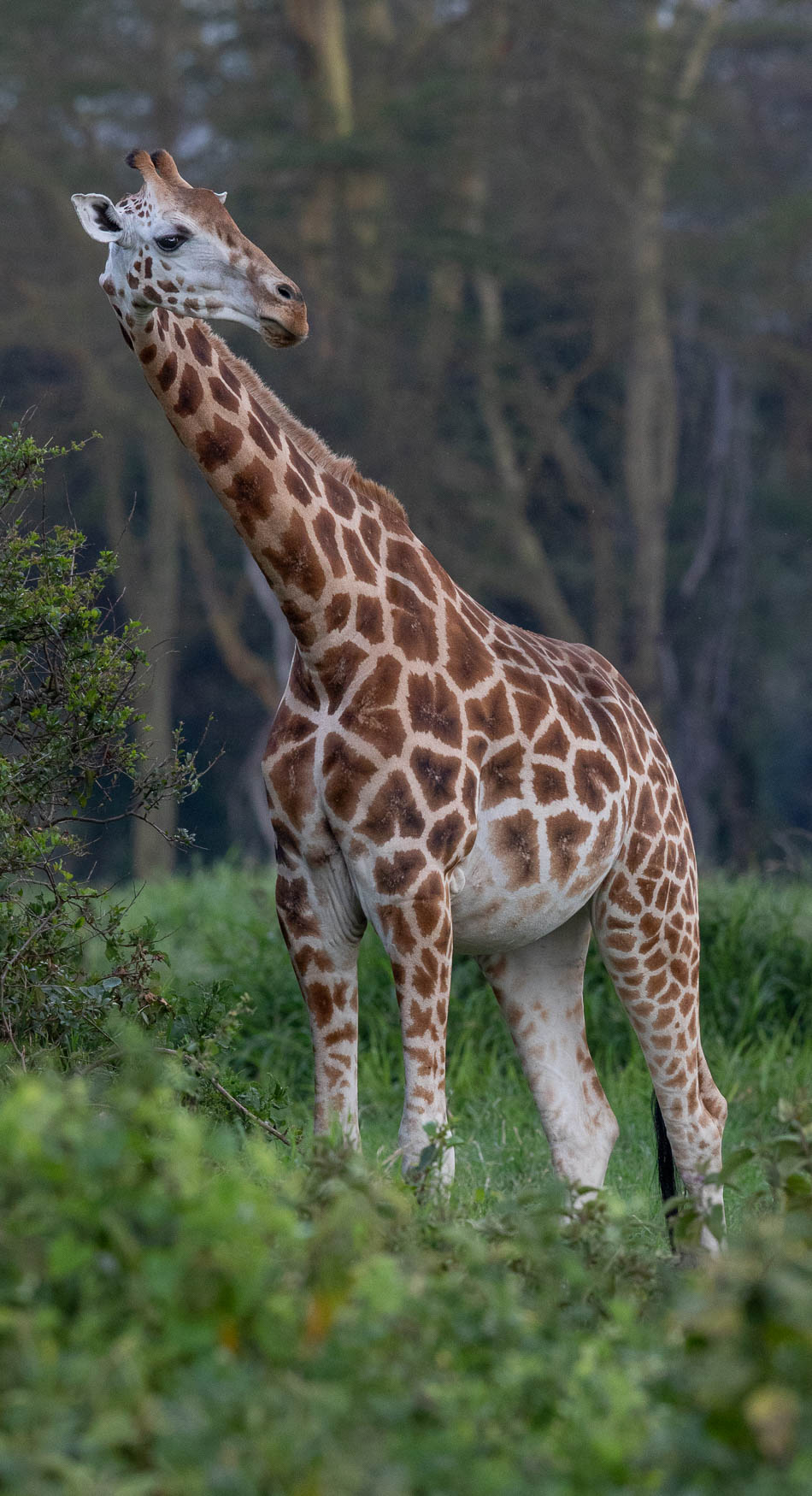
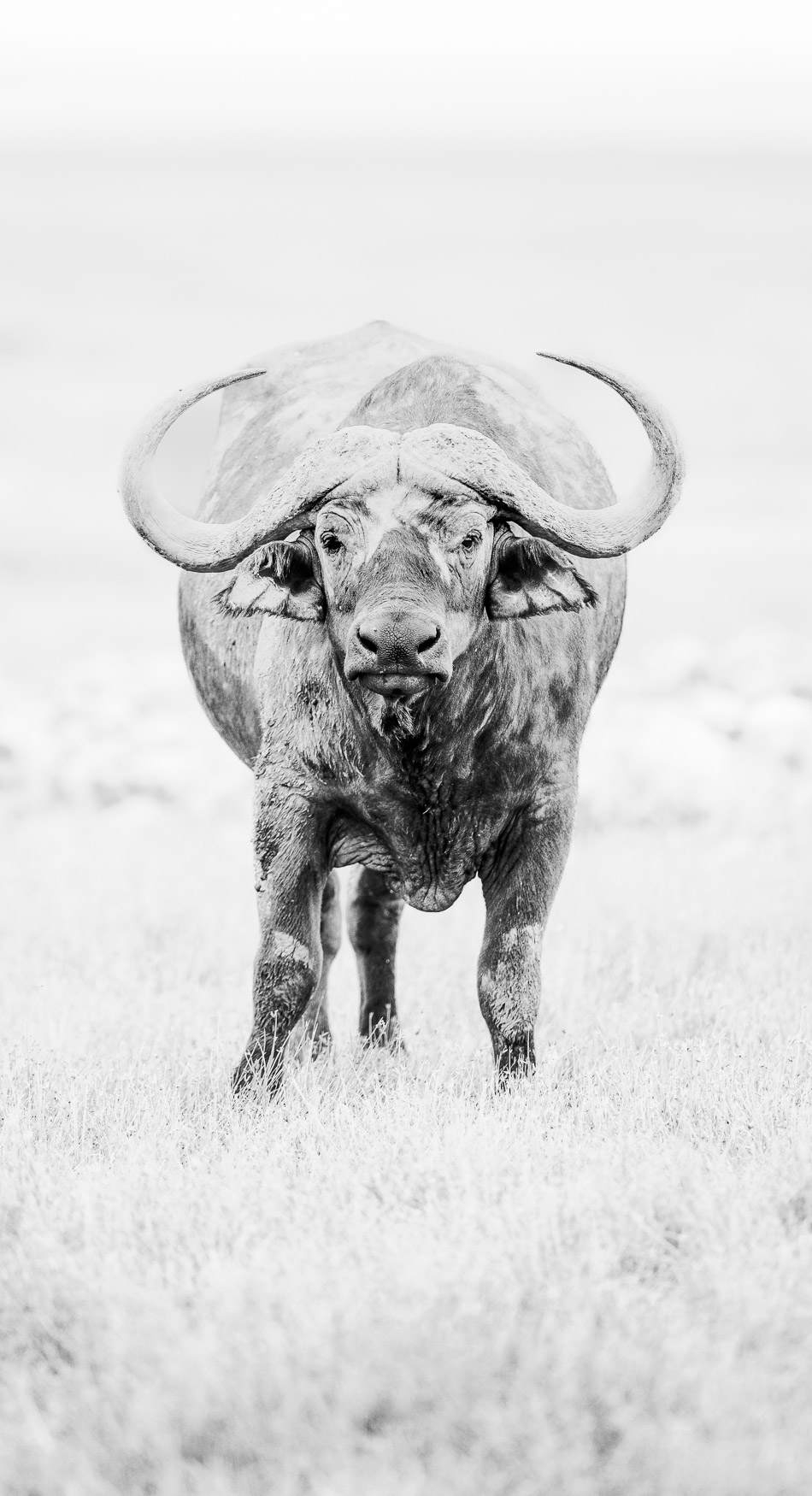
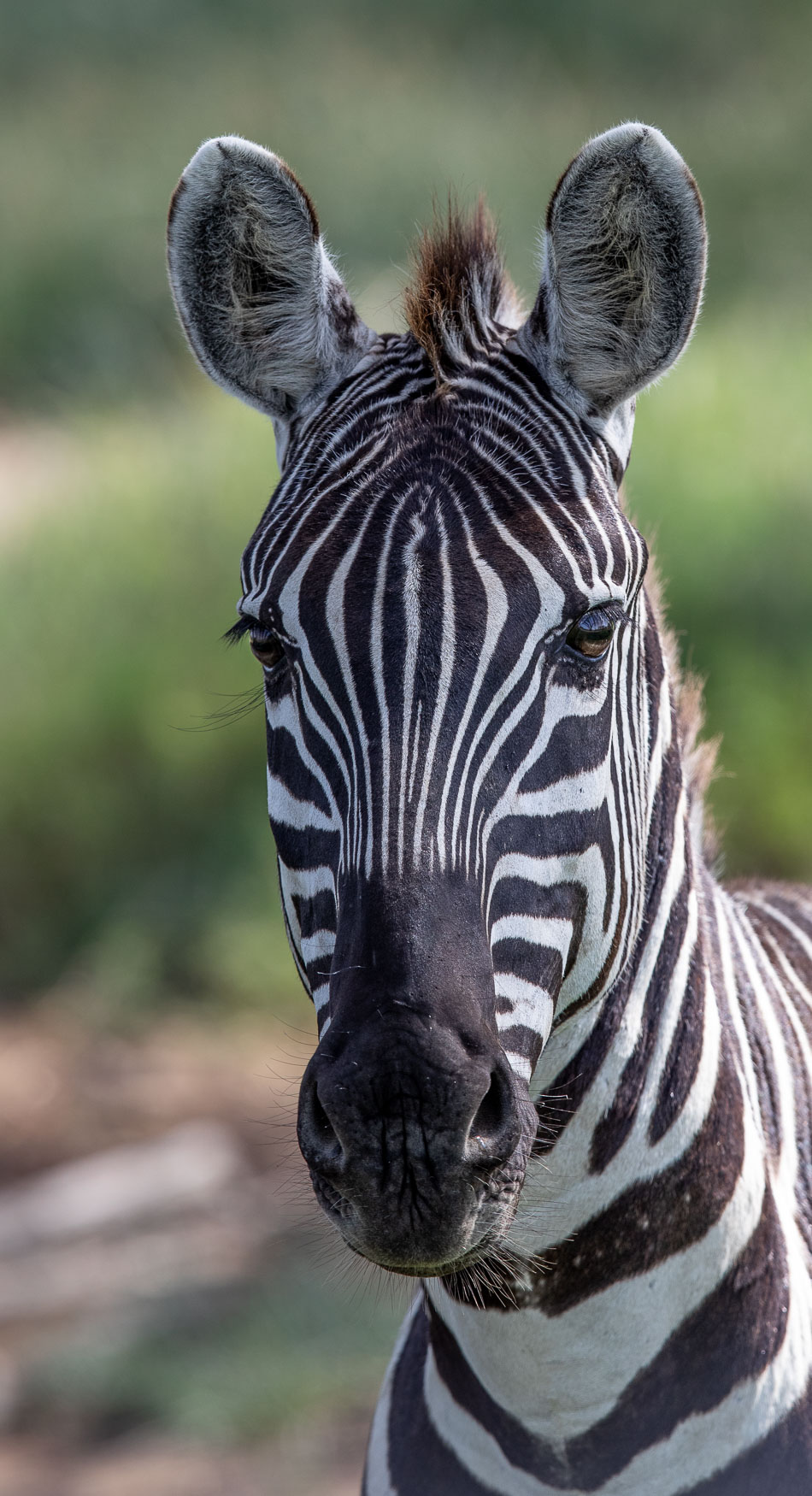
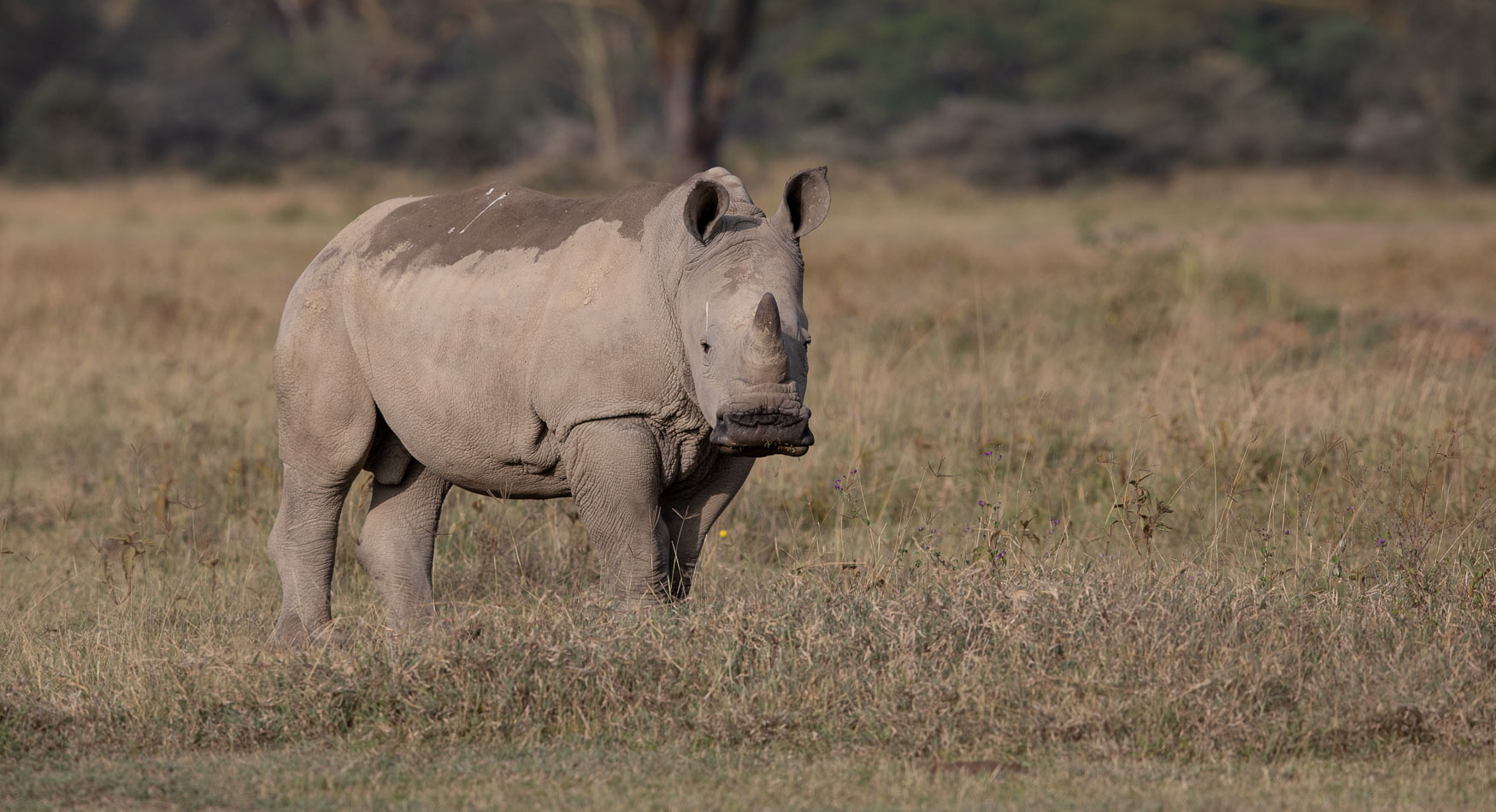
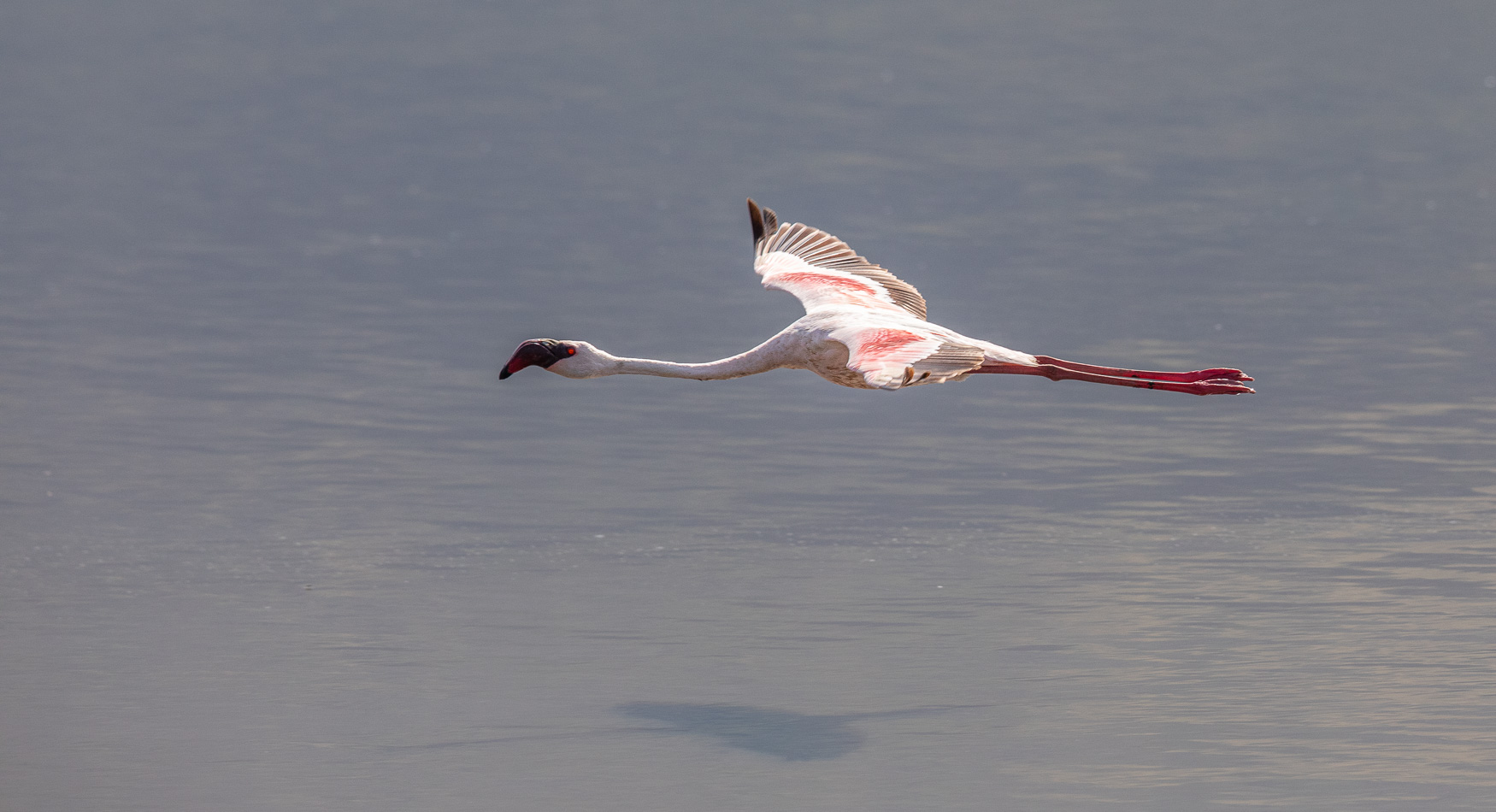
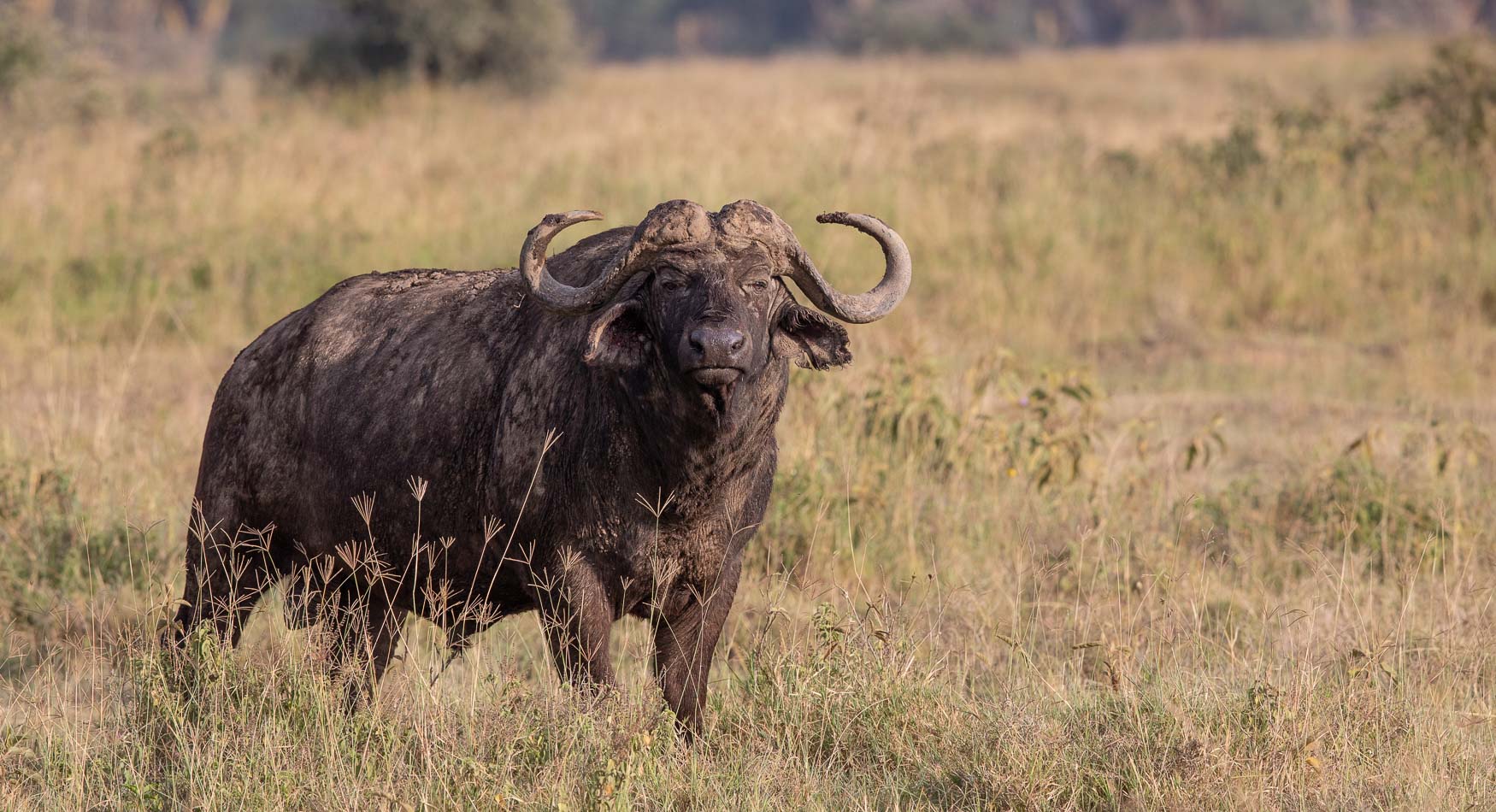
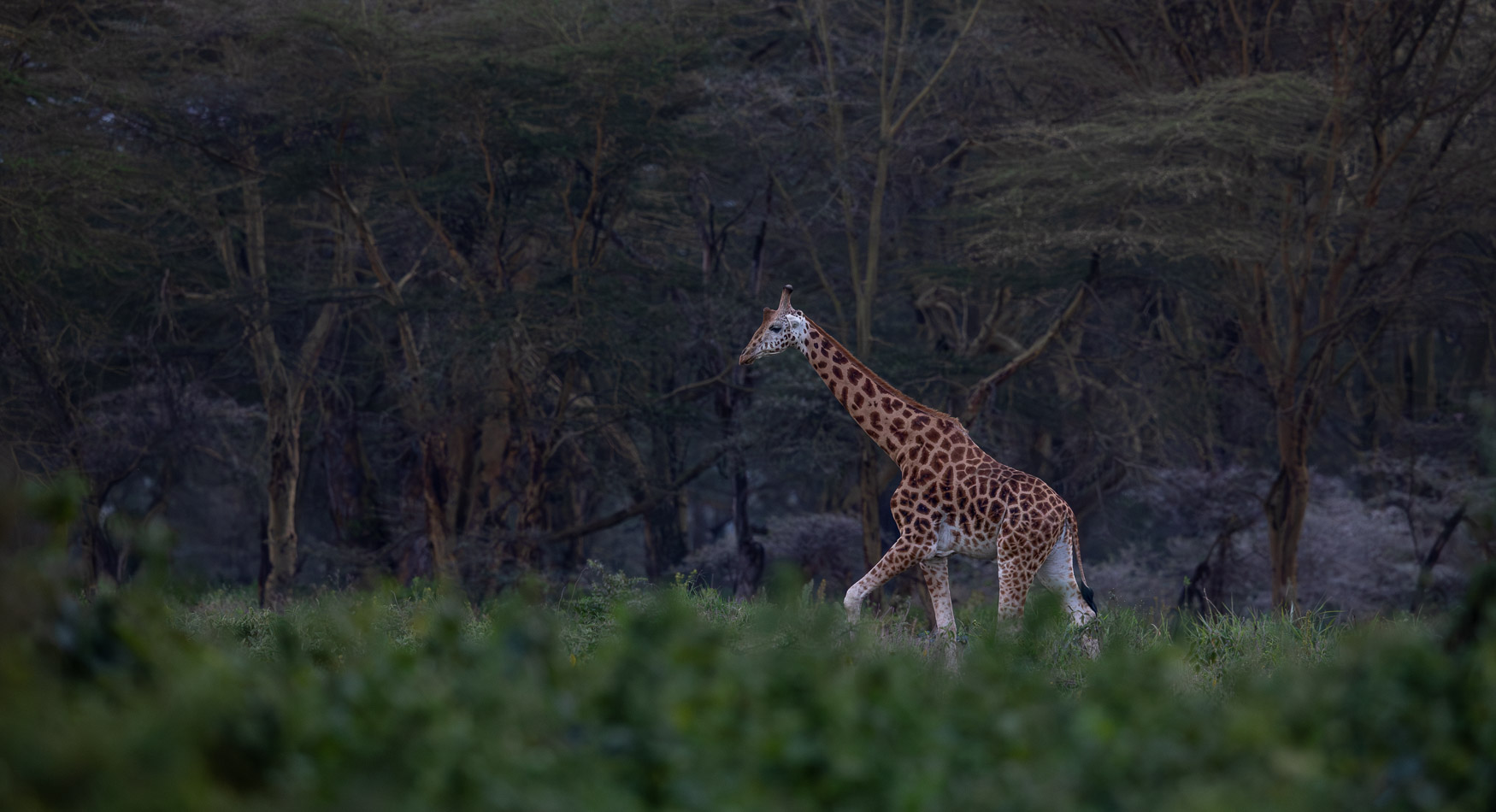
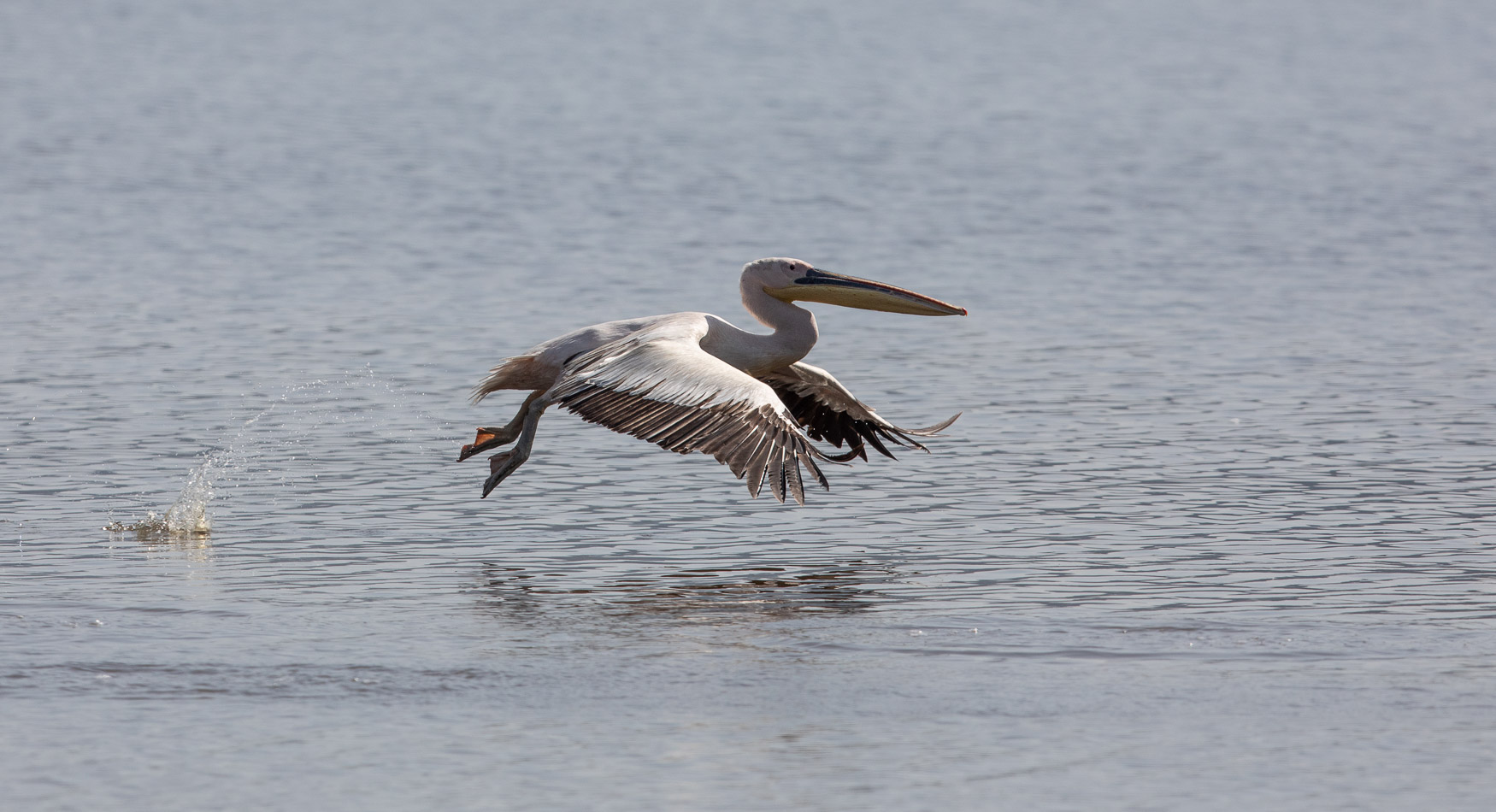
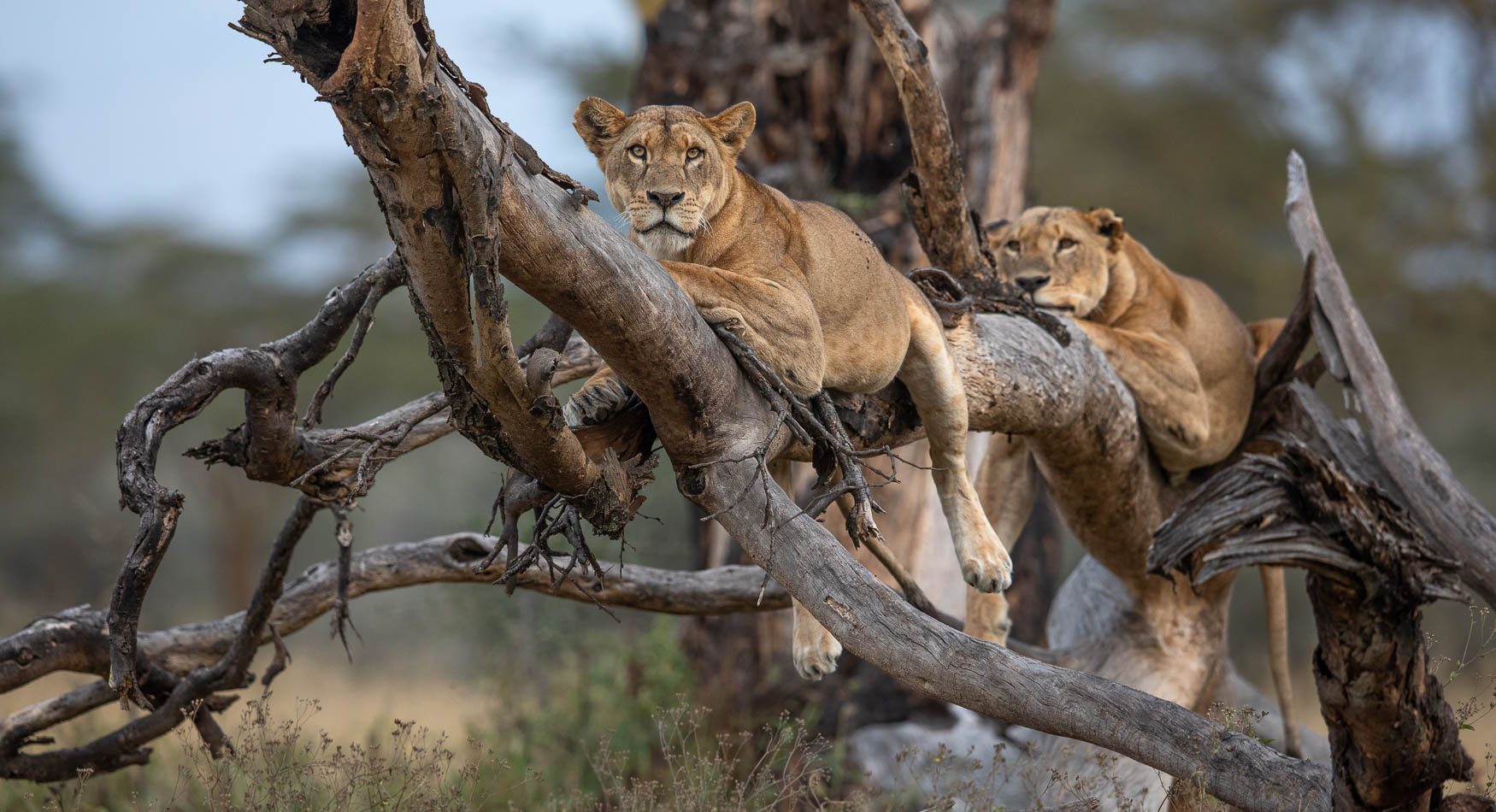
We spent 3 nights in Lake Nakuru National Park and once again we had discussed some photographic opportunities. Lake Nakuru is such a diverse reserve, similar to Amboseli it has something to offer everyone.
During our stay we had quite an array of weather, brief periods of sunlight, brief periods of heavy down pours and then for the most part, a fair amount of cloud cover. This meant that we had to constantly make sure our settings were ready for anything that came our way.
We wanted to explore the forrest's, to see if we could find any cats in trees, rhinos out in the open and then to simply take in what ever nature was willing to show us. I cannot emphasis how important one's mentality matters on safari. Yes, its important to have expectations, as long as they are realistic and baring in mind that we need to be flexible and make the most out of any opportunities that come our way.
I hope you enjoyed this blog and that it inspires you to visit these two beautiful National Parks.
Until next time,
Trevor
The Great Migration with Hides & Helicopters in Kenya’s South Rift Valley
As if that wasn’t enough, we take to the skies with each of our 4 guests enjoying a total of 3 hours of scenic, doors off, helicopter flights over Lake Natron and Lake Magadi as we photograph the abstract patterns and textures along with the thousands of flamingo’s which line the shores of these two soda lakes.
Rhinos and Elephants of Kenya
This tour visits two of the most stunning areas in Kenya, with days spent searching for Rhinos in the fever tree forests or open plains of Solio and Elephants on the dry lake beds and marsh lands of Amboseli.
